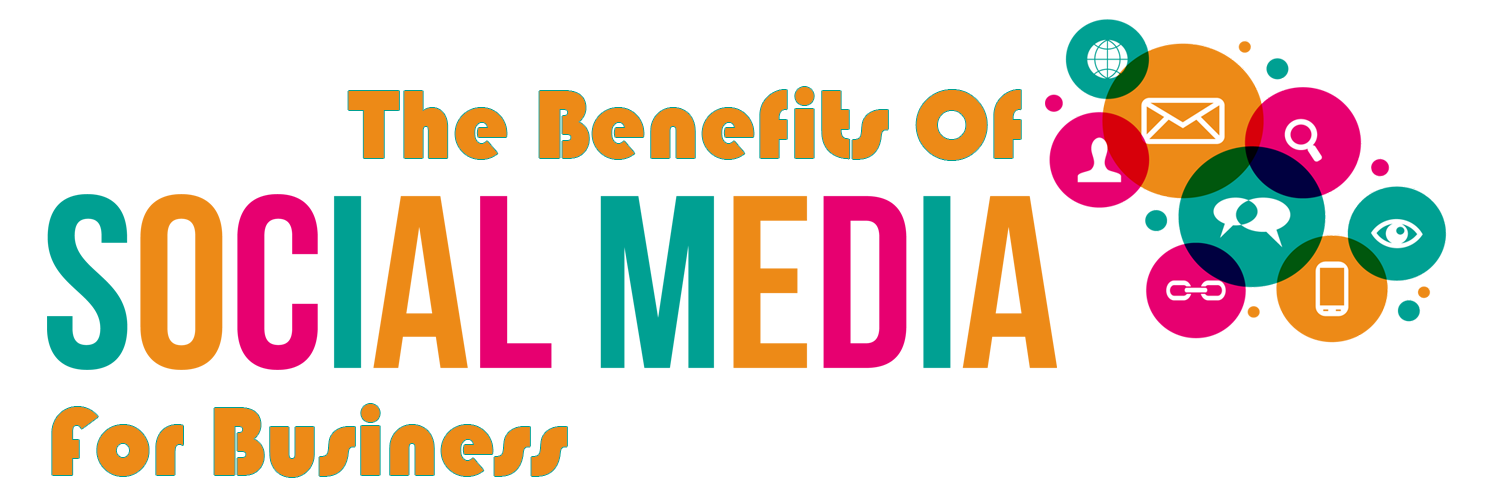By Nick Rojas
Social media has drastically changed the way people interact not only on a domestic, but on a global level. Through the power of social networks, users now can find long-lost friends and colleagues, share articles and videos that provoke or inspire, and gather around certain interests in form of topical groups and discussion forums.
All of this social activity, until only two decades ago, used to happen offline, which made it much harder for marketers to reach their target audiences. Now, thanks to social media, it is much easier than ever before to find and tap into certain niche groups, which is something nonprofits, in particular, have increasingly learned to benefit from. But how exactly does social media impact non-profit organizations?
Interesting Statistics
According to UNC School of Government, in the last five years, one in five adults in the U.S. – adding up to 49.1 million people – has donated to a nonprofit online.
Email and websites, according to a 2015 Social Media Benchmark study, remain the most used audience engagement tools among non-profit organizations. Social media, according to the same report, however, is catching up as Facebook and Twitter followers grew 42 percent and 37 percent respectively for nonprofits last year. That is significant considering that email lists only grew by 11 percent during the same period.
In order to find out which social networks were the most popular, HubSpot conducted a survey with small-to-medium non-profit organizations in the U.S., and here is what they found:
1- Facebook (98%)
2- Twitter (~70%)
3- LinkedIn (~55%)
4- YouTube (~45%)
5- Pinterest (~25%)
6- Instagram (~15%)
7- Google+ (~15%)
8- Flickr (~10%)
9- Tumblr (~5%)
10- SlideShare (<5%)
Building Communities
One of the main reasons why social networks are becoming so popular among non-profit organizations is the fact that one can have a big impact on large amounts of people with a relatively small or no budget.
That’s because social media – by its nature – has already organized people into micro-communities. These communities appear in various forms, such as Facebook Groups, Twitter lists, and LinkedIn discussion forums. All of them are based on very specific topics, which only attract the right type of person – those who are truly passionate or interested in the subject at hand.
As a result, non-profit organizations have two options: 1) you could tap into already existing communities by adding value with your knowledge or cause, and 2) you could build your own niche communities around topics that are directly related to your organization.
To support your early outreach to potential donors, social media offers unprecedented precision as you can launch ad campaigns – like promoted posts or featured tweets – that can be targeted at very specific demographic and interest groups as part of your promotion’s settings. Tools like Facebook Insights and Twitter Ads statistics, then, let you measure precisely what worked and what didn’t, helping you determine how to spend future campaign budgets more efficiently.
Audience Engagement
Once you do reach your audience and build a community, it is crucial that you engage with them on a frequent basis. Here are a few tips how to do that:
- Give shout-outs to donors and let them shine in front of the community,
- write and publicly post thank you notes on your and the sponsor’s page,
- reach out to owners of relevant pages and Facebook groups, as well as social influencers (people with a big following relevant to your cause), and help them be part of your cause,
- present yourself as human and authentic by posting behind-the-scenes content,
- analyze your followers’ followers to see who is responsive and could be a potential donor,
- find and participate in already on-going social conversations like “Twitter Chats.”
Hashtag Campaigns and Movements
Another huge upside to social media is its ability to reach a global audience with strategic hashtag campaigns and video movements (e.g. #ALSIceBucketChallenge) that could be picked up by the media to amplify your voice and enter the mainstream.
All it takes is to tell an extraordinary story and awaken the passion of a few key individuals, who through their following on social media have the power to ignite a snowball effect.
Fundraising
Due to the interconnectedness of the Internet, you can direct your followers to “crowdfunding” campaign pages like Kickstarter, which put time limits in place in order to create a sense of urgency and increase your chances of turning passersby into donors. The most important aspect of running a successful crowdfunding campaign is to be 100% transparent about how you will spend the money.
As you can see, social media requires a lot of work, which is why many non-profit organizations have started to hire full-time social media experts to successfully complete the task of building and maintaining passionate donor communities.
—
Nick Rojas is a business consultant and writer who lives in Los Angeles and Chicago. He has consulted small and medium-sized enterprises for over 20 years. He has contributed articles to Visual.ly, Entrepreneur, and TechCrunch.





Yes building a community with friends n relatives full this connection of common purpose n love